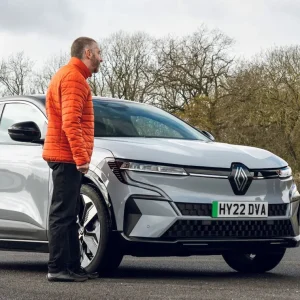Many employees drive their own car on work related journeys. They have an offsite meeting, conference, or event to go to so they jump in the car and claim back the fuel costs, plus a bit of wear and tear through expenses.
So what’s the issue? Well several years ago we did a major piece of research that was widely credited with defining the term ‘grey fleet’.
It looked at the potential risks attached to employees driving their own vehicles for work, issues that remain current today.
We found hundreds of examples of people driving vehicles that were not fit for purpose, drivers without the appropriate business insurance and even drivers who didn’t have a valid driving license.
We also found out that grey fleet vehicles tend to be some of the most polluting on the roads because they tend to be older than company vehicles.
Looking at extremes, we also saw examples of drivers claiming mileage against a weird and wonderful range of vehicles; everything from Ferraris and classic cars, through to quad bikes and tractors.
The vehicle that an employee drives has broad potential impact on: their safety, company reputation, journey costs, meeting legal requirements and environmental impact.
Where have we got to? Well even after several years of coverage on this subject and innumerable conferences, many organisations still haven’t fully grasped the nettle.
So what’s to be done? The first thing is to clearly define the issue – Arval developed a grey fleet calculator several years ago to help customers gain clarity on the scale of the challenge within their company, once you know this you can begin to find solutions.
And there are clear solutions. Firstly clarify the journey: including purpose, length and frequency. From this you can establish whether there is a more cost effective option (e.g. short term rental, pool car, minilease or use of a company car may be a viable alternative).
If for a particular reason use of an employee’s own car is still the best choice then do all of the relevant background checks and audits on drivers before they drive on business.
Companies need to answer questions like: do they have a valid licence? Is their vehicle fit for the journey? Does it portray the company in the best way and does the driver have adequate business insurance? The problem is that this is time and resource intensive.
However, the best option is to do what we have done which is to eradicate the grey fleet entirely. Introducing pool cars or short-term rental vehicles for occasional journeys means that there is never a need for employees to drive their own vehicles on work and it can reduce costs to the business.
If they are regularly doing business mileage, a company car is the best option.
For drivers and businesses, grey fleet is an area that must be addressed but from small to really large companies, some place it in the ‘too difficult’ category and put their heads in the sand. The danger is that it will come back to bite them.



